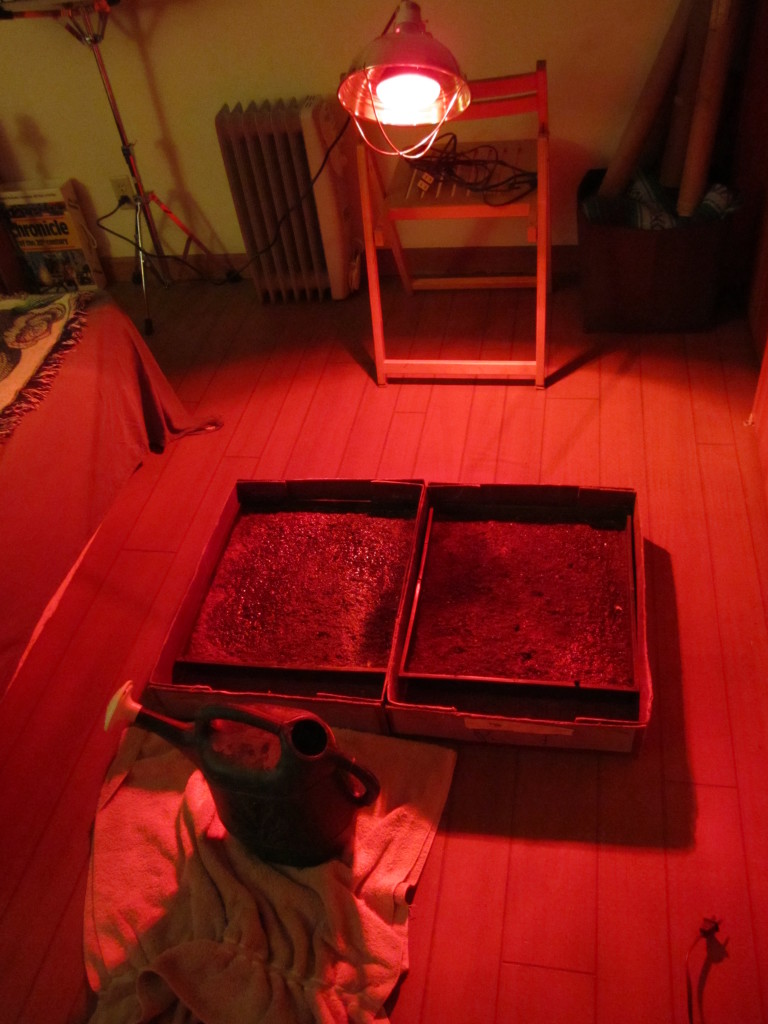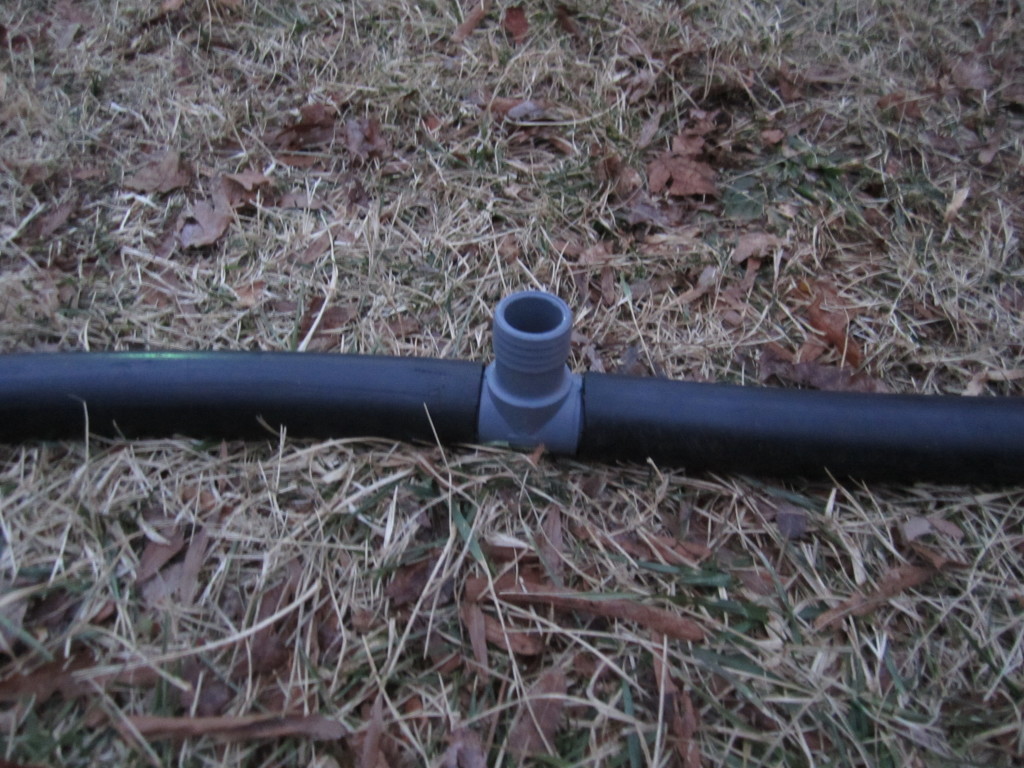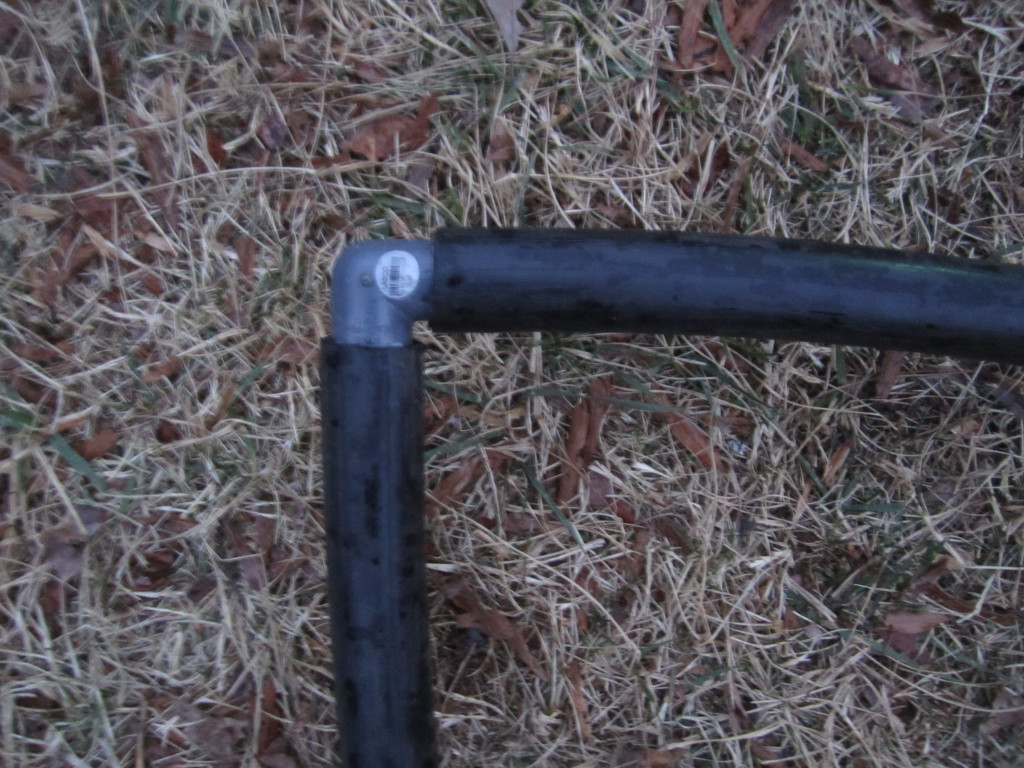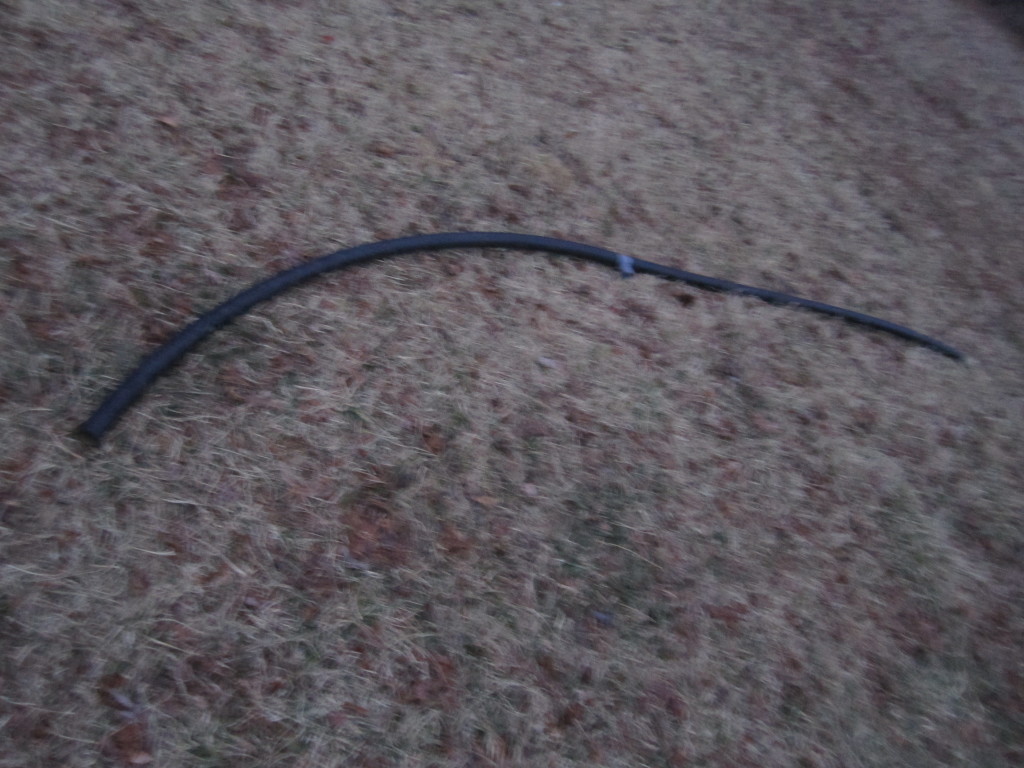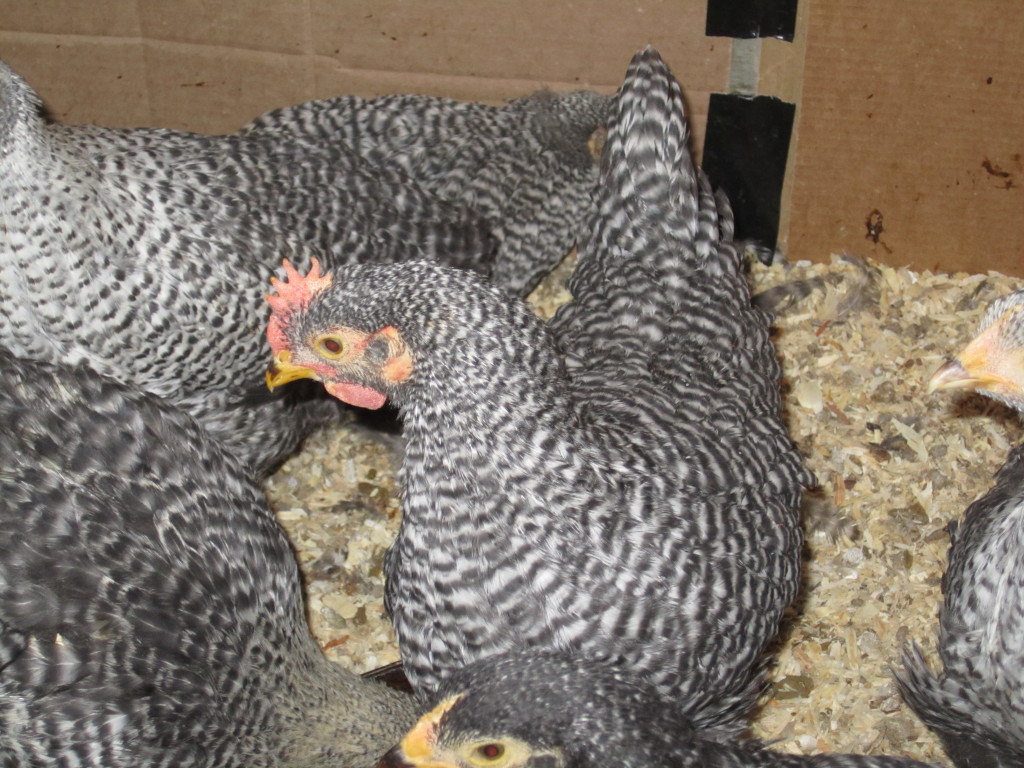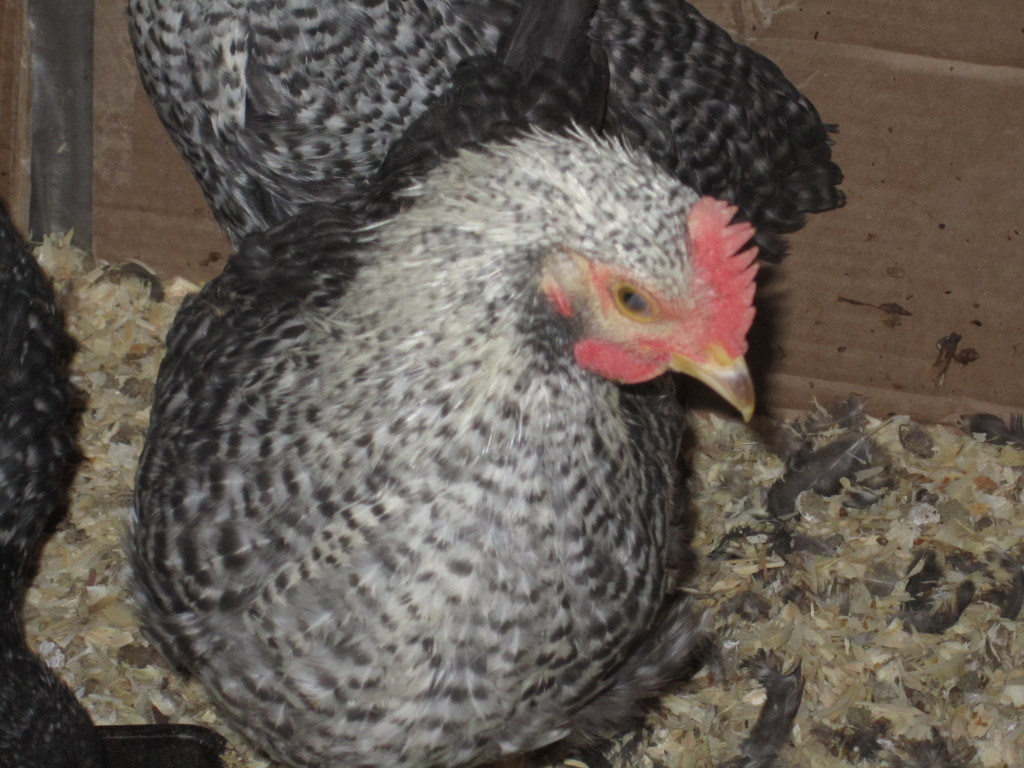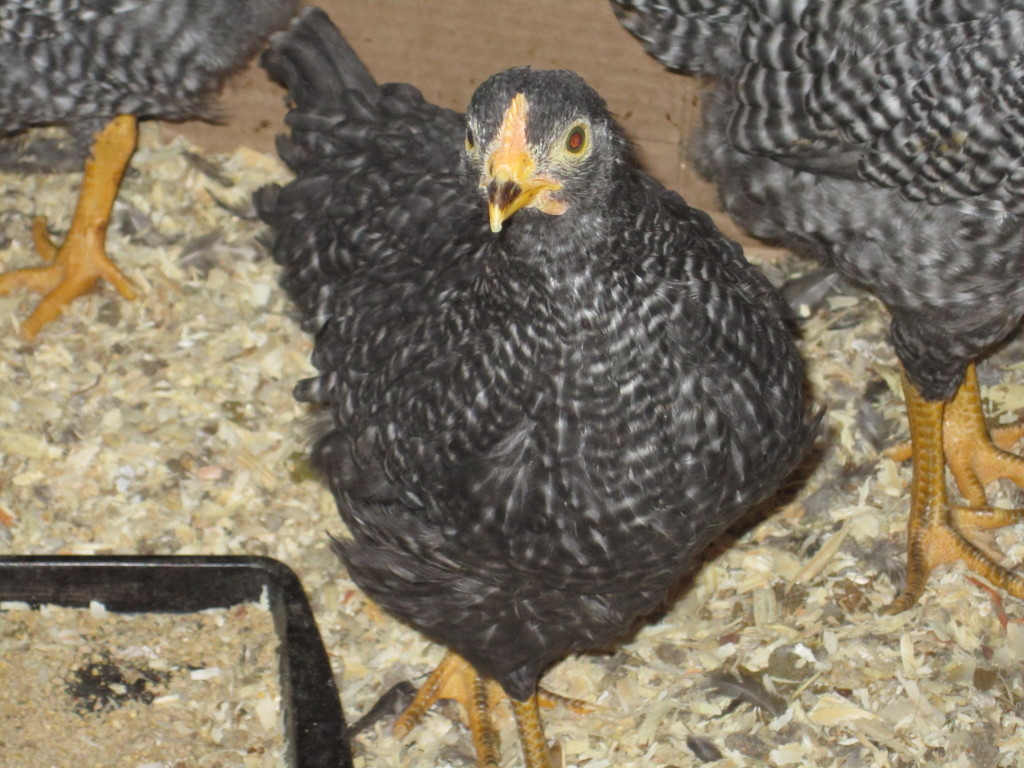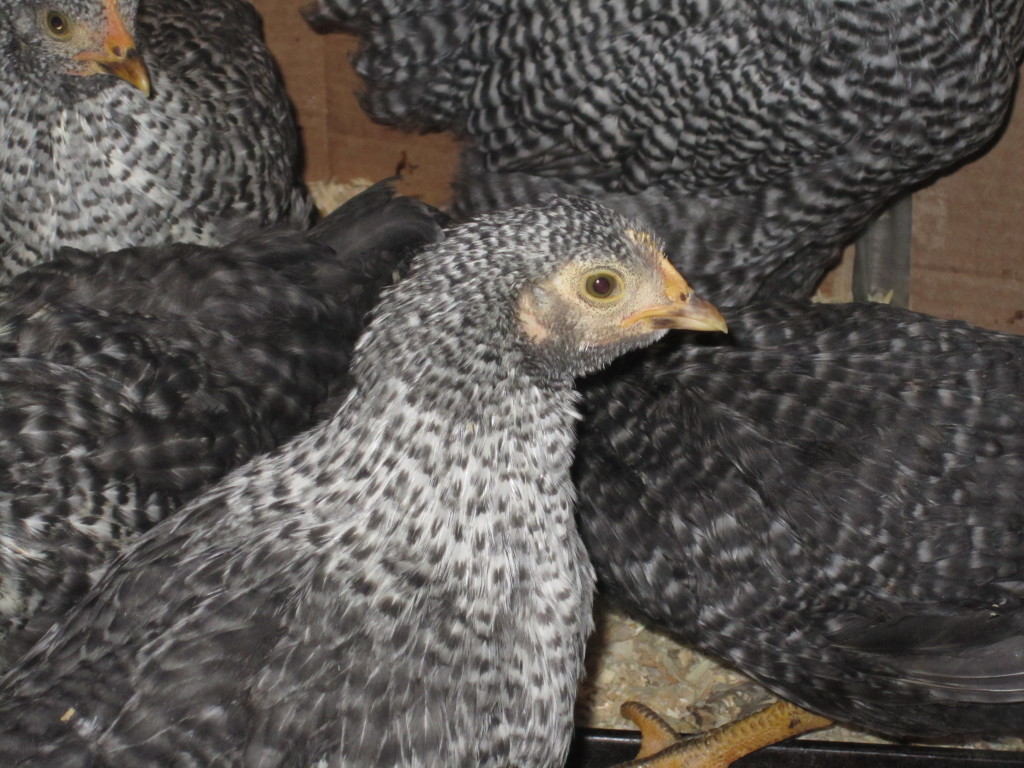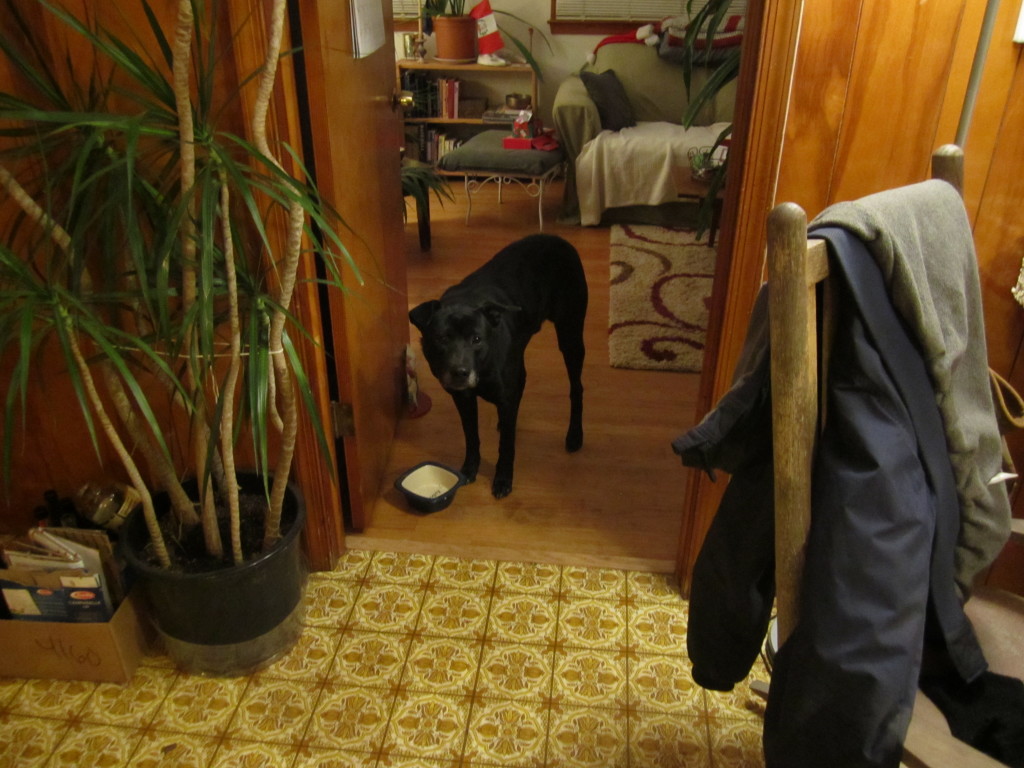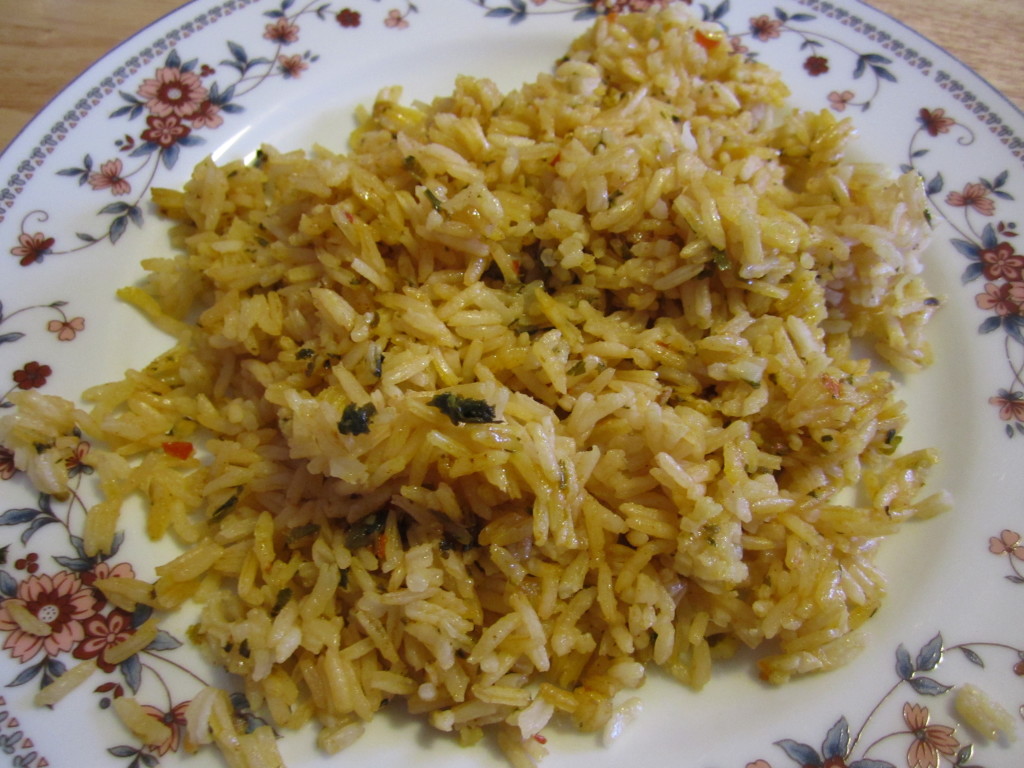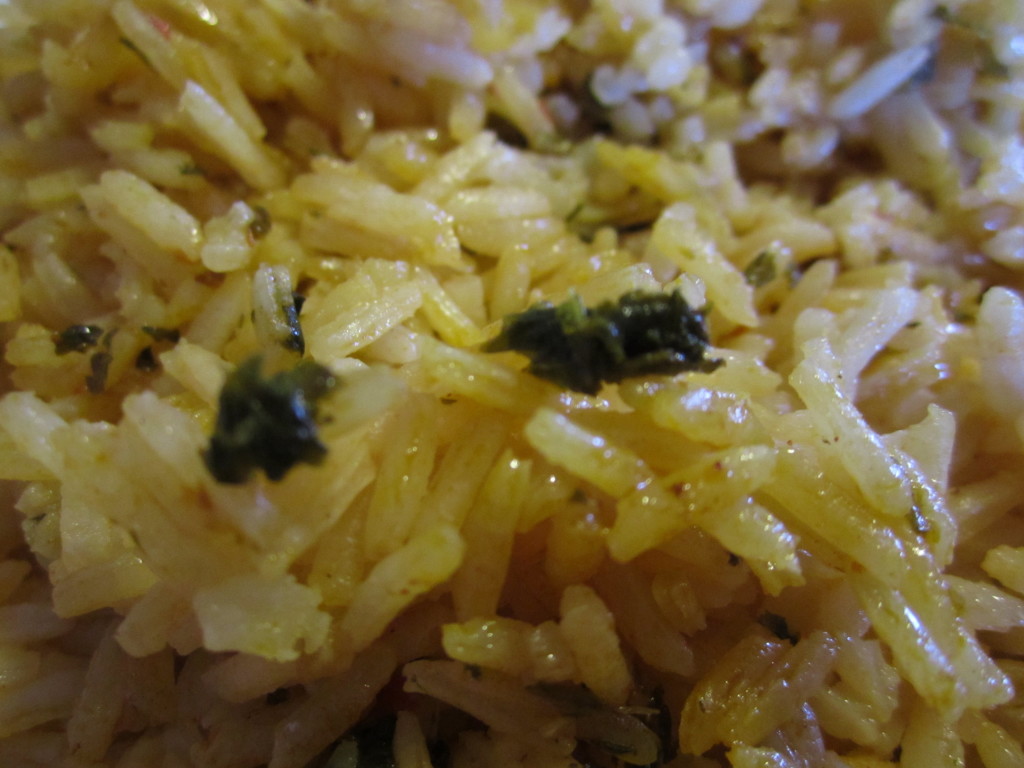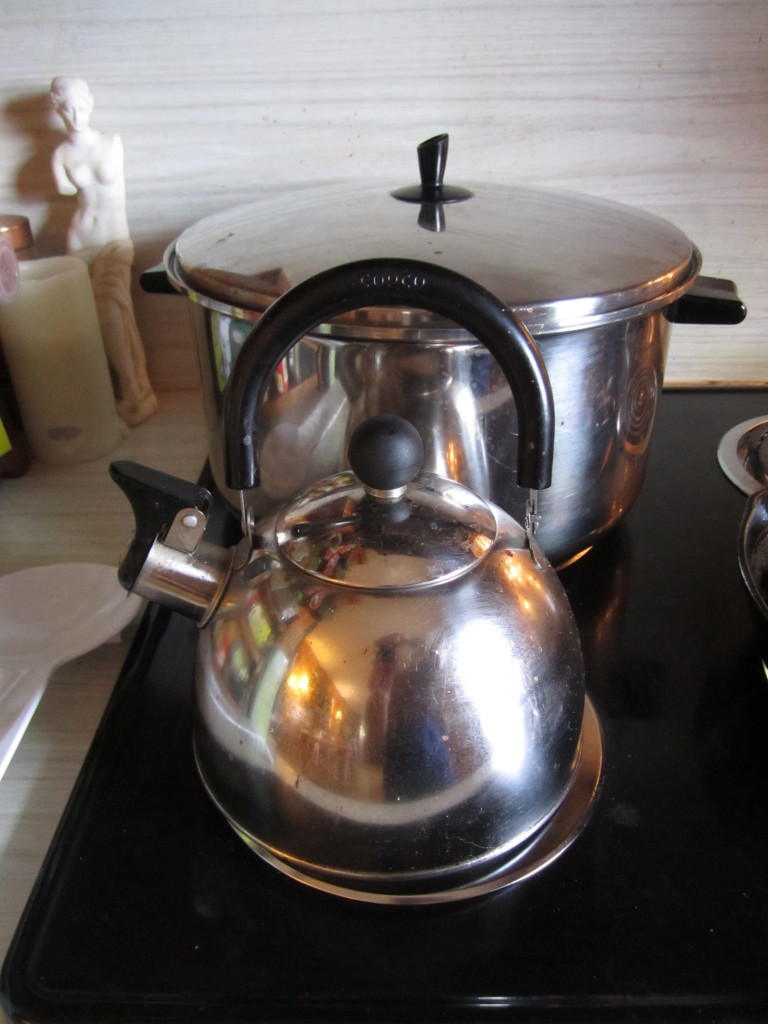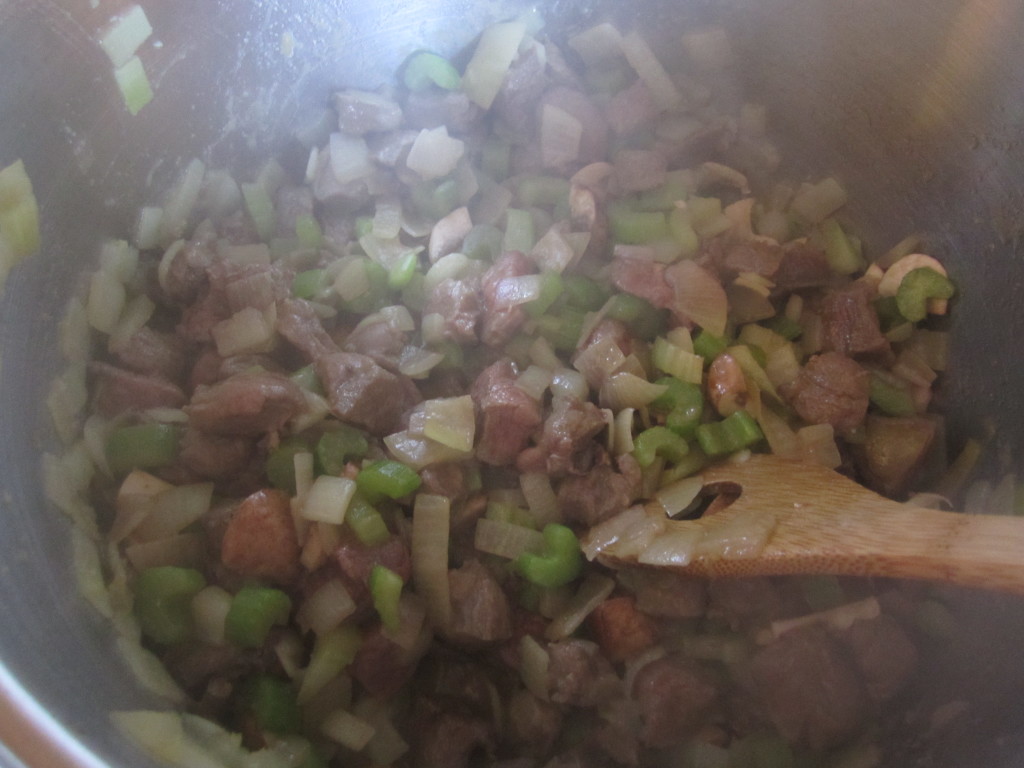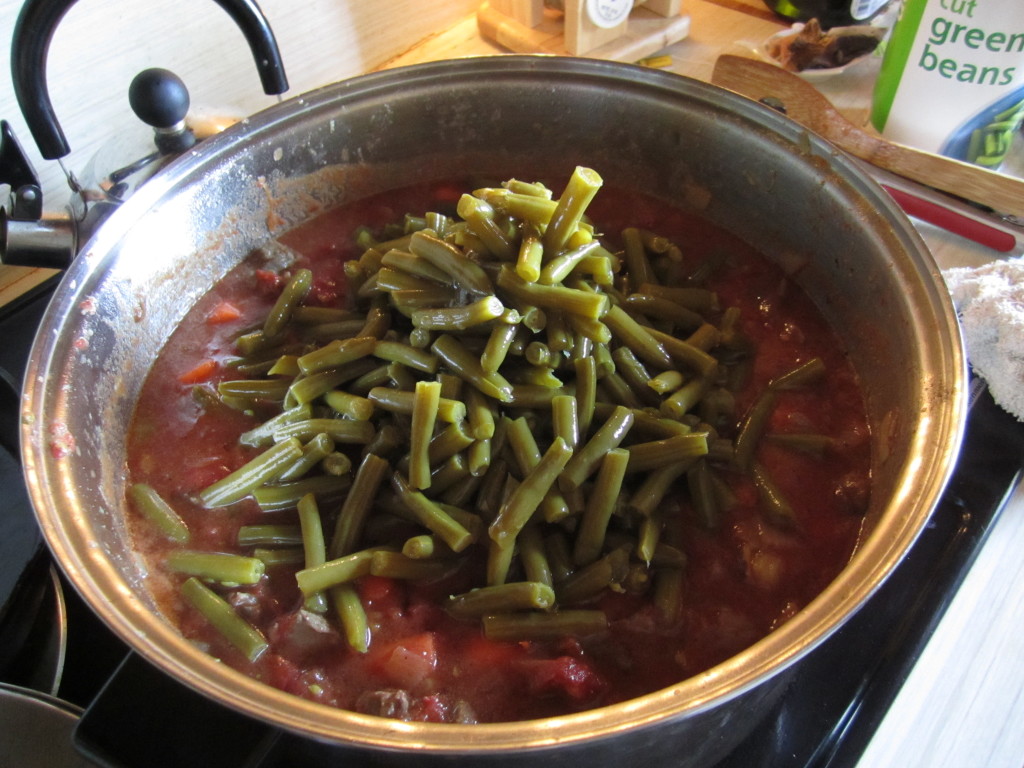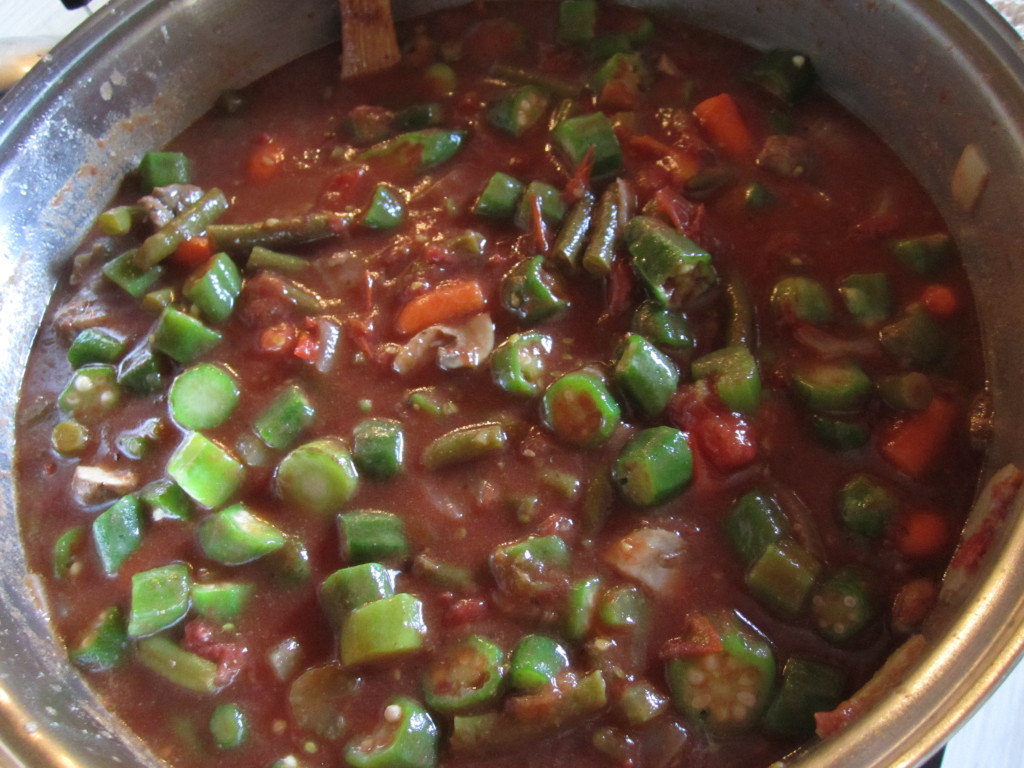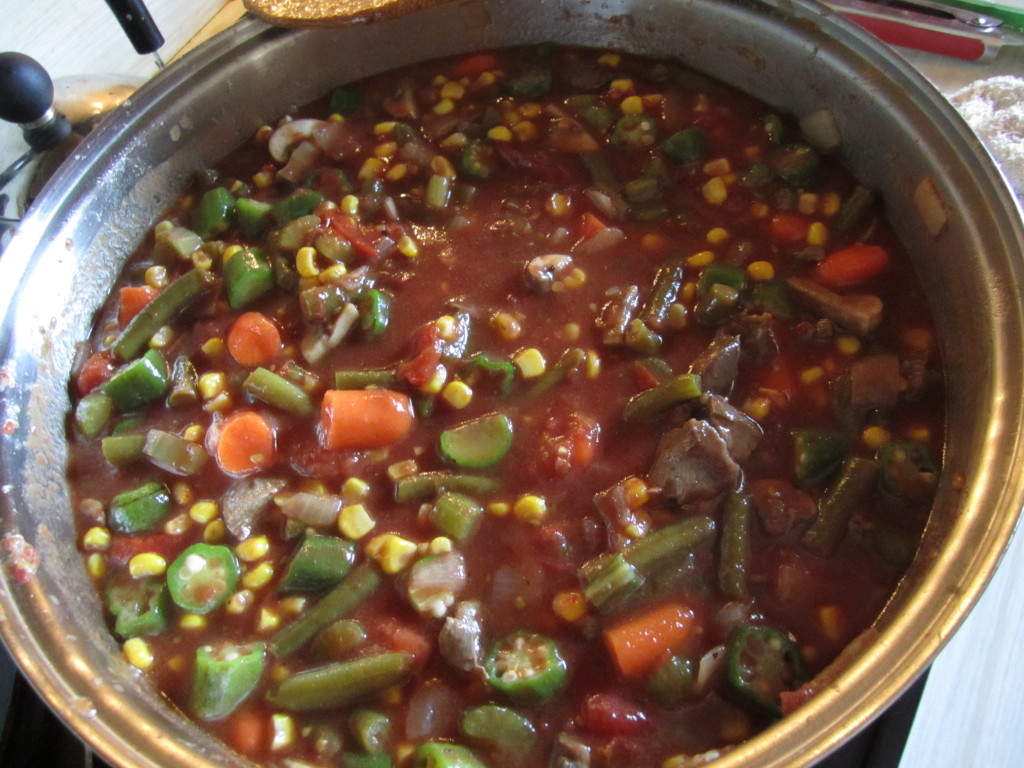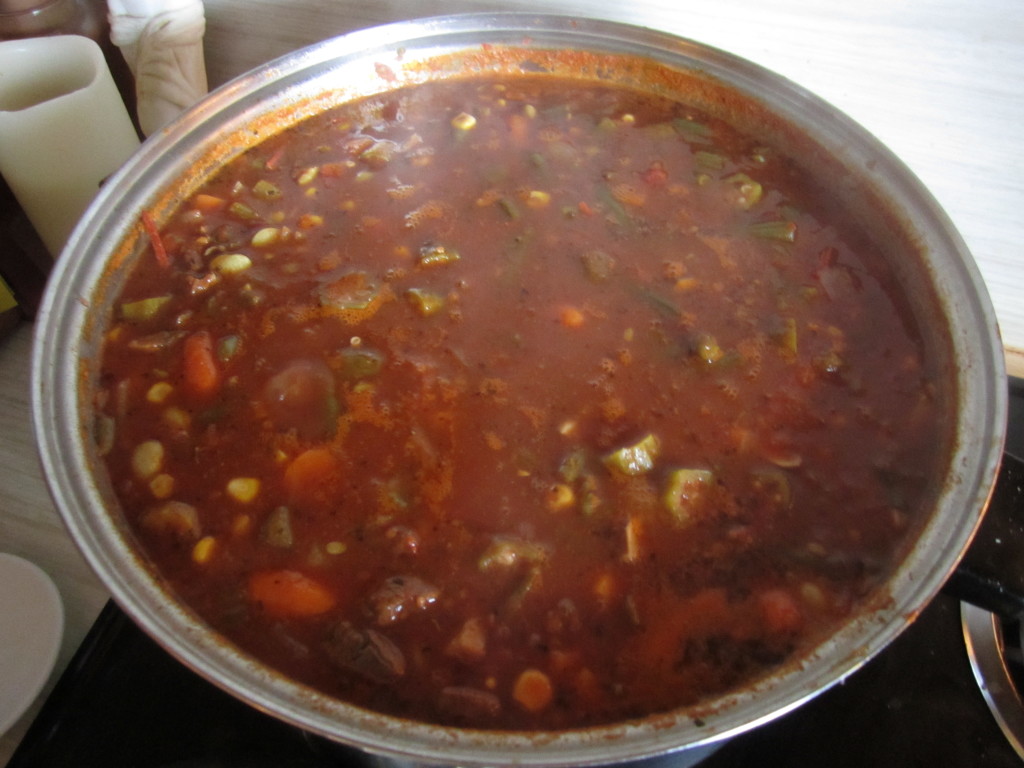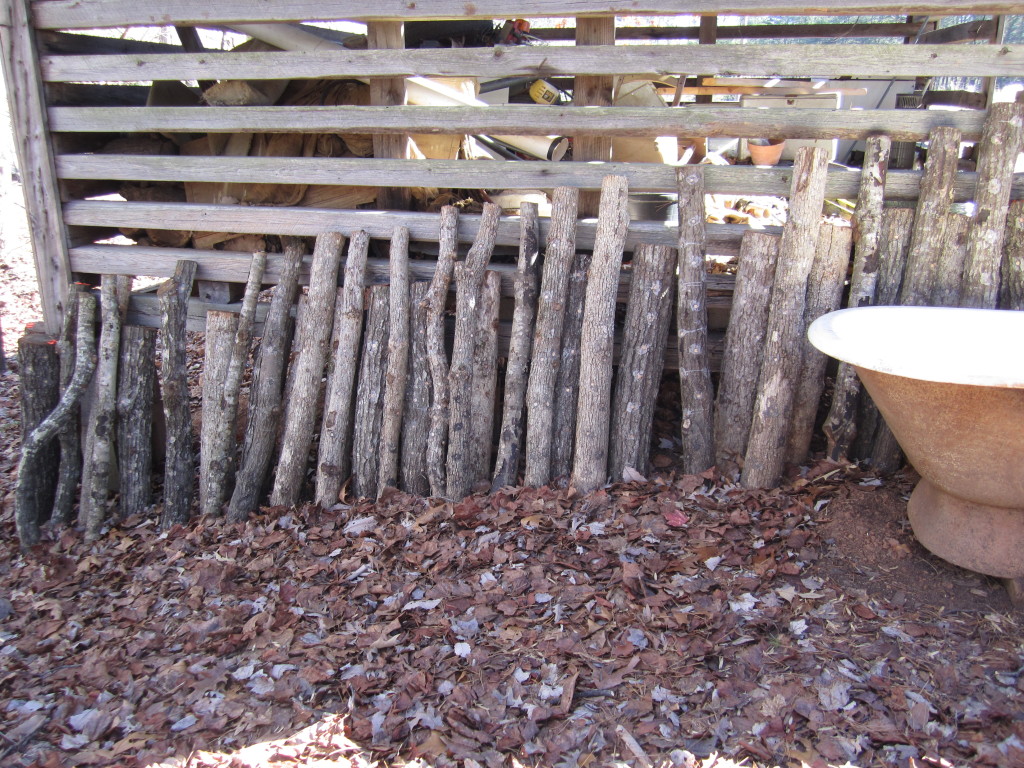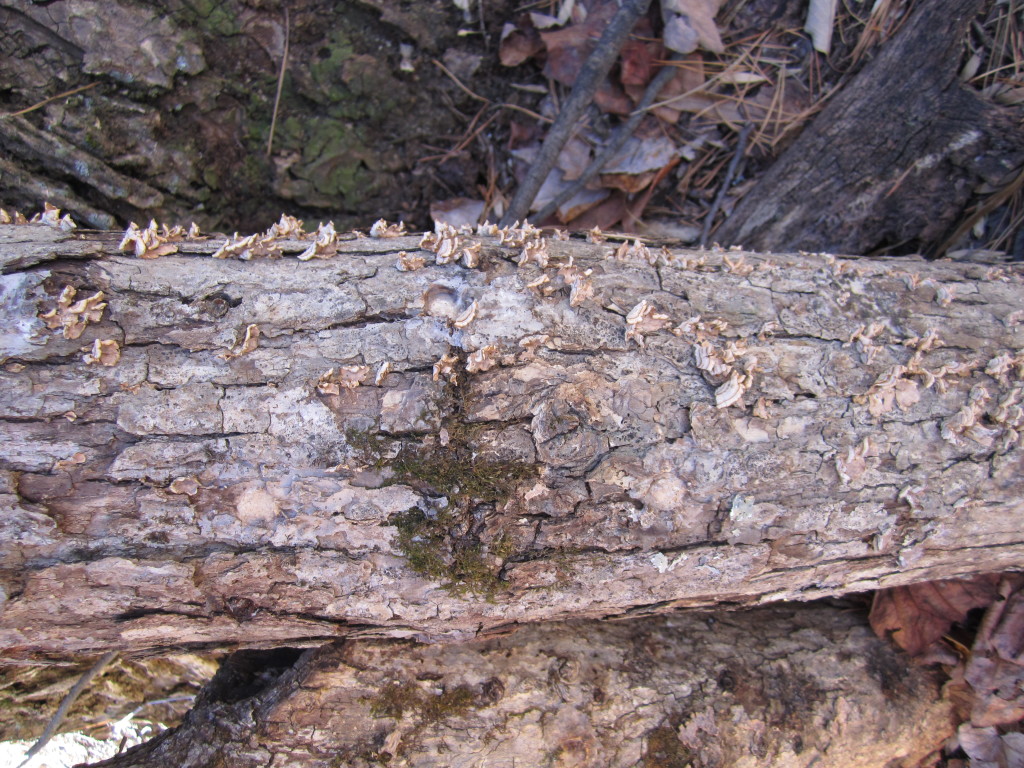We’re really excited to have finally planted our first crops for the new year!
They have a temporary, cozy home… Set up in our guest bedroom with the chicks’ old heat lamp pointing at them, willing them into existence through the warmth and wetness that is their damp, soil filled tray! So poetic (can you tell we’re excited?)!
The first crops we’ve planted are both cabbages! Sauerkraut is not only one of our most favorite side dishes, is also super good for your body. Filled with plenty of healthy bacteria that promotes your digestive and intestinal health, it’s a “medicine” worth having around during all time of the year (especially during hot dog season).
We decide to great started right on time this year, since last year we waited too long to get some of our crops started. Planted a few days ago, the seeds have not yet sprouted, but it’s just a matter of time! We’ll allow them to grow in the their trays until they get a few leaves and/or until we think the threat of freezing has passes. Cabbage can take some chilly temperatures, but we want to be sure they grow up into large and delicious (multiple) cabbage heads!
The two varieties that we’ve planted are the Early Jersey and the Golden Acre. We’ll keep you posted about when these great varieties finally sprout!
.:.
